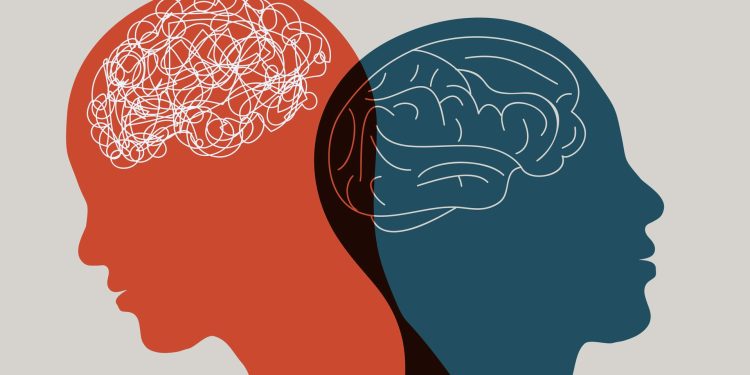In the realm of healthcare, achieving equality in treatment and coverage for mental health conditions has been a longstanding challenge. Mental health parity, however, represents a significant step towards rectifying this disparity. This concept entails the equal treatment of mental health conditions and substance use disorders in insurance plans, mirroring the coverage provided for physical illnesses. In this article, we delve into the intricacies of mental health parity, its implementation, and its implications for healthcare consumers.
Table of Contents
Understanding Mental Health Parity
Mental health parity mandates that insurance plans provide comparable coverage for mental health services as they do for physical health services. This means that if a plan offers unlimited doctor visits for chronic physical conditions such as diabetes, it must also provide unlimited visits for mental health conditions like depression or schizophrenia. The goal is to ensure that individuals with mental health needs receive equitable access to care and support.
Federal Legislation: The Mental Health Parity and Addiction Equity Act
In 2008, the United States Congress passed the Paul Wellstone and Pete Domenici Mental Health Parity and Addiction Equity Act (MHPAEA), a landmark piece of legislation aimed at addressing disparities in mental health coverage. The MHPAEA requires group health plans and insurers that offer mental health and substance use disorder benefits to ensure that the financial requirements and treatment limitations applicable to these benefits are no more restrictive than those applied to medical and surgical benefits.
Scope of Coverage
Health plans subject to federal parity laws include group health plans for employers with 51 or more employees, Medicaid managed care plans, State Children’s Health Insurance Programs (S-CHIP), and plans purchased through Health Insurance Marketplaces, among others. However, certain plans, such as Medicare and Medicaid fee-for-service plans, are exempt from federal parity requirements.
State Parity Laws
In addition to federal parity laws, some states have enacted their own parity legislation, which may offer additional protections and requirements for mental health coverage. In cases where state laws provide stronger protections than federal law, the state parity laws prevail.
Ensuring Compliance and Addressing Violations
Health plans must adhere to parity requirements in their coverage and treatment of mental health conditions. Signs that a plan may be violating parity requirements include disparities in costs or visit limitations between mental health services and other healthcare services, difficulties in accessing in-network mental health providers, and denials of coverage without transparent criteria.
If individuals suspect that their health plan is violating parity requirements, they can seek recourse by contacting their plan’s customer relations division and filing formal appeals if necessary. Transparency and accountability are essential in ensuring that individuals receive the mental health care they need without discrimination or unequal treatment.
Conclusion
Mental health parity represents a critical component of efforts to promote equality in healthcare and address longstanding disparities in mental health coverage. By ensuring that mental health conditions are treated with the same level of importance and access as physical health conditions, parity laws strive to improve outcomes and quality of life for individuals affected by mental illness. Continued advocacy, enforcement, and awareness are essential in upholding the principles of mental health parity and advancing equitable healthcare for all.


 Home
Home










